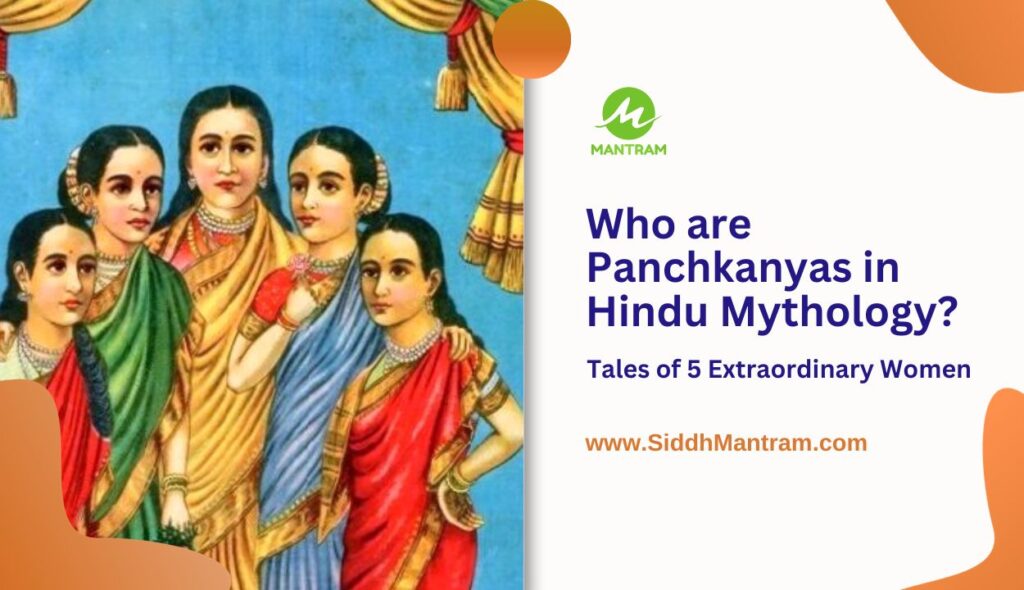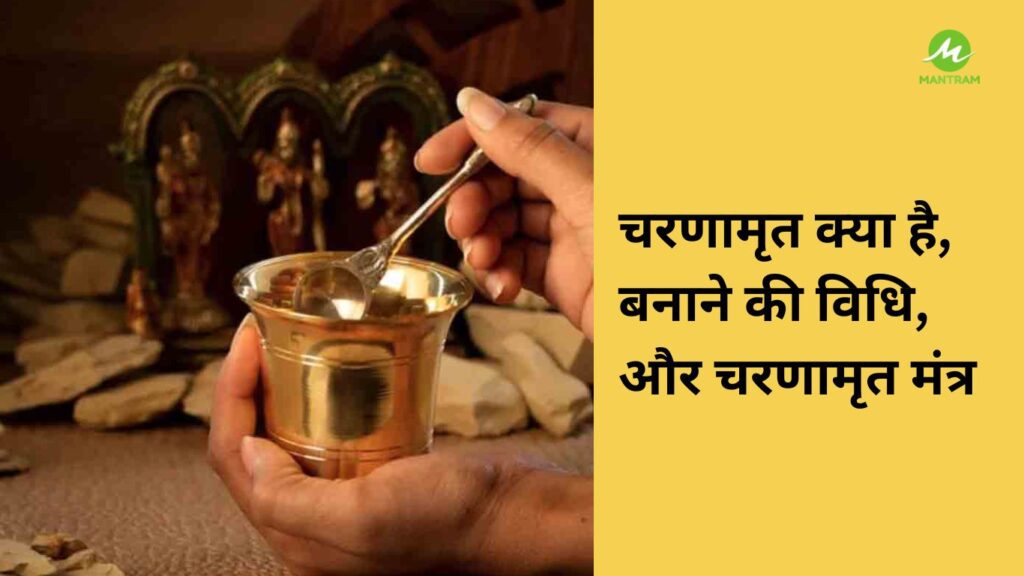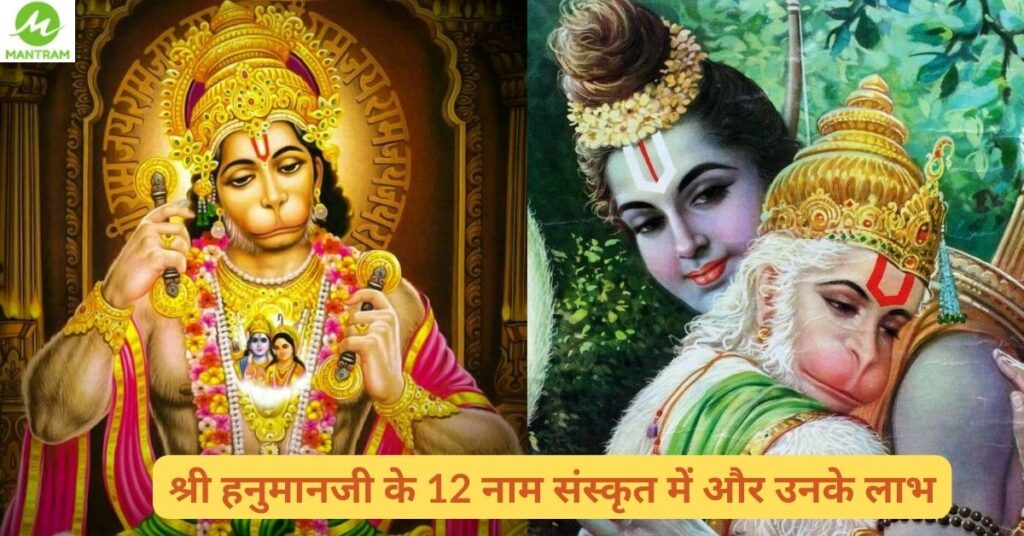Hinduism is rich with tales, legends, and traditions associated with various goddesses.
From the destruction of demons in the form of Goddess Durga to Sita’s ordeal of the Agni Pariksha and the powerful Savitri compelling even Lord Yama to bow down, there are stories that continue to inspire reverence.
Some goddesses are remembered for the unwavering devotion of their husbands even in contemporary times.
Panchkanyas: Divine Women of Mythological Times
In the mythological era, there were five exceptional women known as Panchkanyas, revered for their purity even after marriage and childbirth.
These legendary women hold a unique place in Hindu mythology.
The Manu Smriti and Panchkanyas
According to the Manu Smriti, certain rules and regulations were laid down for women to follow.
The Panchkanyas, representing ideal women from different mythologies and epics, are Ahalya, Tara, Draupadi, Sita, and Mandodari (an alternate version replaces Sita with Kunti).
Let’s explore the tale of these 5 Special Women in Hindu Mythology-
Ahalya: The Pure
In Valmiki Ramayana’s Balakanda, the mention of Devi Ahalya is found. Married to the sage Gautama, Ahalya was virtuous, gentle, and devoted.
When Lord Indra committed a deceitful act, both Ahalya and Indra were cursed by Gautama.
Ahalya sought forgiveness, claiming innocence, but Gautama remained resolute.
It was only in the Tretayuga, during Lord Rama’s incarnation, that Ahalya was liberated from the curse, remaining chaste forever.
Draupadi: The Enigmatic
According to scriptures, Draupadi was born from the fire during a yajna.
Despite being the wife of the five Pandavas and the mother of their five sons, Draupadi is remembered as eternal maiden.
It is said that Lord Krishna, during her disrobing incident, blessed her to remain unmarried forever, and thus, Draupadi retained her purity.
Mandodari: The Chaste
Mandodari, the wife of the demon king Ravana, was known for her exceptional beauty.
Blessed by Lord Shiva, Mandodari remained untouched by aging.
Even after giving birth to Ravana’s children, her purity was never compromised, and she retained her youthful appearance throughout her life.
Tara: The Visionary
Tara, an Apsara born during the churning of the ocean, married Bali.
After Bali’s unjust killing by his brother Sugriva, Tara cursed Lord Rama that in his next life, he would meet his end at the hands of Bali.
In the Dwapara Yuga, when Lord Vishnu incarnated as Krishna, Bali was reborn as a hunter named Jara, fulfilling Tara’s prophecy.
Kunti: The Devoted
Kunti, serving sages in her palace, pleased Rishi Durvasa.
As a reward, he granted her a mantra to invoke any deity, resulting in the birth of Yudhishthira, Bhima, and Arjuna.
Despite having sons through divine means, Kunti remained virtuous and devoted, symbolizing purity even in unconventional circumstances.
Conclusion
The Panchkanyas embody the strength, purity, and devotion that Hindu mythology holds in high regard.
Their stories transcend time, serving as an inspiration for generations to come.
These divine women showcase the enduring qualities of love, devotion, and virtue, setting an example for everyone who hears their tales.



